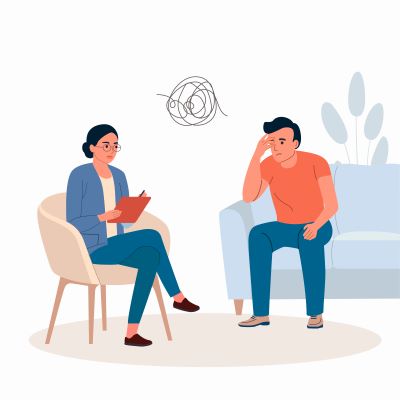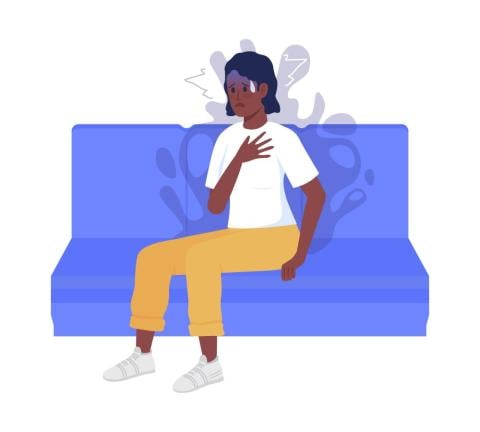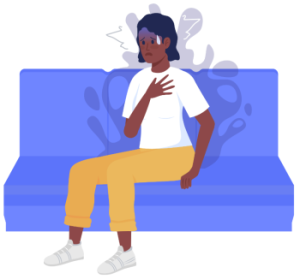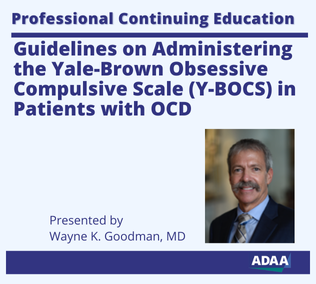Relapse Prevention for OCD: 4 Steps to Keep Your Progress Going
Relapse Prevention for OCD: 4 Steps to Keep Your Progress Going

In my work with people who suffer from OCD (obsessive compulsive disorder), I am always thrilled to see progress in their treatment journeys. It is cause for celebration when a client can reduce therapy sessions and start to think about life after treatment. It becomes a wonderful opportunity to discuss questions like: is my OCD treatment complete when I don’t have regular therapy visits? Do I still have to use the strategies I learned after finishing active treatment? What is the risk of my relapsing and are there ways to reduce this risk?
These are excellent questions and show in themselves the client’s improvement, determination and dedication. The ability to think forward and plan accordingly for any possible relapses shows the strides my clients have made. The answers to these and other questions can be found through learning about relapse prevention planning for OCD.
The Importance of OCD Relapse Prevention Planning
While the goal of relapse prevention is to help individuals maintain the gains and recovery that has occurred within treatment, it is most helpful to start thinking about relapse prevention early in the treatment process. Relapse prevention is key to a well-planned cognitive behavioral treatment (CBT) approach for OCD.
Relapse prevention planning includes three main components: 1) helping people learn about the common trajectory of OCD, 2) defining the term “relapse” and the factors that influence it and 3) developing a structured and individualized plan to promote relapse prevention.
Common Trajectory of OCD
Though OCD is considered a chronic condition, it can be well managed with effective treatment, including medication and targeted therapy. Exposure and Response Prevention (ERP), the key component of CBT for those with OCD, helps the individual learn to modify their response to their obsessions and compulsions. This in turn helps to strengthen the management of their symptoms and thus improve their quality of life.
While the initial goal when seeking treatment may be to reduce the immediate severity of one’s symptoms, the actual mission is often larger. As a clinician, my aim is to help the person learn how to make the strategies a “way of life,” long after we finish formal treatment. Understanding relapse and preventing it requires planning ahead, often from the beginning of treatment.
Lapses and Relapses – Knowing the Difference
Taken from substance use research, there is a difference between having a relapse and a lapse. Relapse means that there is a significant decline in progress or high degree of slippage, nearly returning to the same severity as before treatment began. In contrast, a lapse means having an increase of symptoms, a flare-up, or a certain degree of slippage, but not a relapse. Lapses are viewed as natural, even expected, while the risk of a relapse can be much lower based on an active use of strategies and a relapse prevention plan.
Lapses should be viewed as opportunities, not frustrations or failures. They serve as helpful warning signs that can even lessen the likelihood of a relapse. With lapses, it also is important to practice self-compassion. Lapses offer the chance to grow further and to live bigger than the OCD!
4 Steps to Take
To keep the momentum of the treatment progress, I like to refer to these four steps that can help one to develop an individualized relapse prevention plan with their provider:
Step 1: Make a list of the tools in your toolkit. What are the strategies, concepts, and activities that you learned to support your progress? Think broadly! Include tools that help you with general stress management and self-care in addition to tools that work specifically on the OCD.
Step 2: Consider a general structure for planned and proactive use of these strategies, including planned exposures, to keep your OCD management and self-care “muscles” strong.
Step 3: Identify the warning signs of a lapse for you. What starts happening? Are there changes in your sleep, behaviors, sensations, or appetite? Is there a stronger urge or a greater likelihood to engage in compulsions?
Step 4: What is your action plan when you notice this? Get specific! How will you incorporate your tools in a more active or structured way during this time? Who will you contact for support and what does this support look like?
Either working with your therapist or on your own, these steps can be an invaluable resource as you finish out a formal course of treatment. I also recommend sharing your plan with your support system and reviewing it regularly.
References
- Claiborn, J. (n.d.) From the Experts: Relapse Prevention in the Treatment of OCD. International OCD Foundation. Retrieved January 2024, from https://iocdf.org/expert-opinions/expert-opinion-relapse-prevention/.
- Hiss, H., Foa, E., & Kozak, M. (1994). Relapse prevention program for treatment of Obsessive Compulsive Disorder. Journal of Consulting and Clinical Psychology, 62, 801-808.
- Nicely, S. (n.d.) Taking Your Life Back from OCD. Retrieved January 2024, from https://www.shalanicely.com/wp-content/uploads/2016/08/Relapse-Prevention.pdf.




















